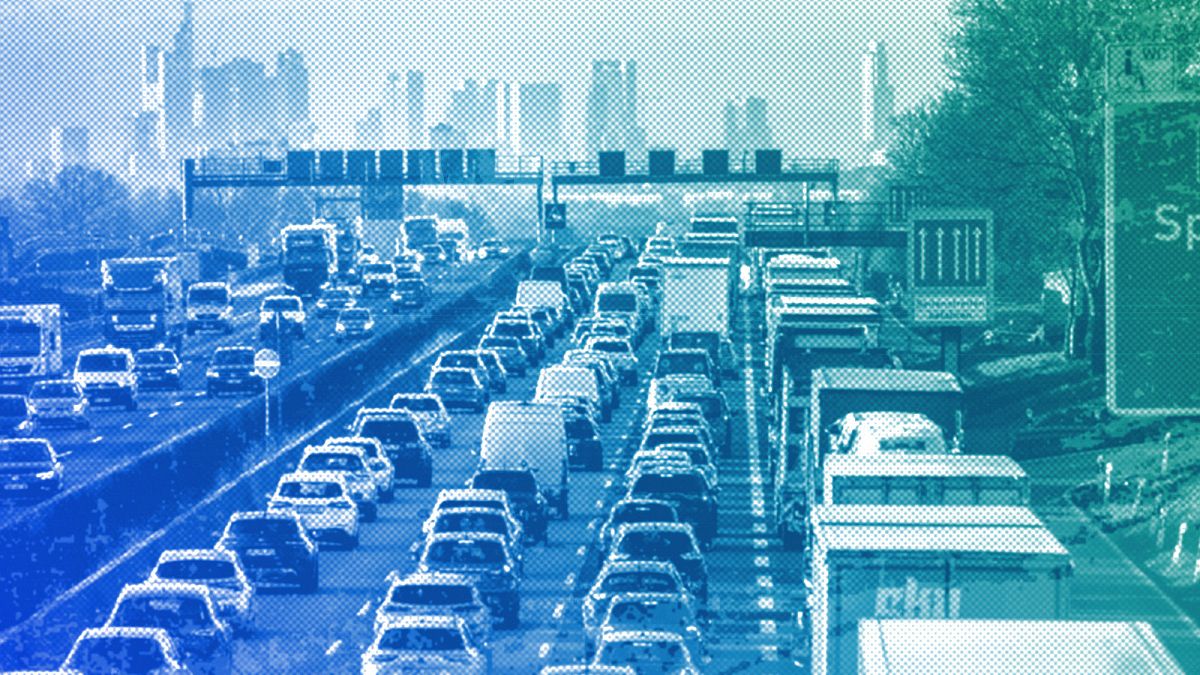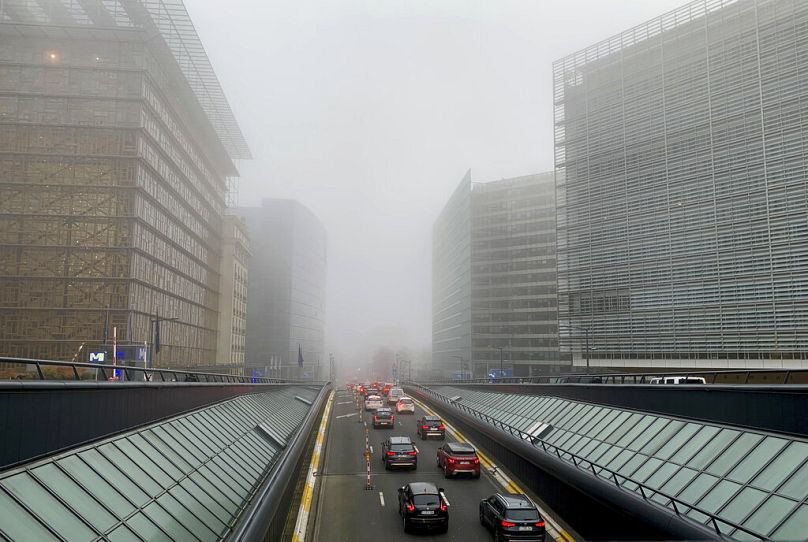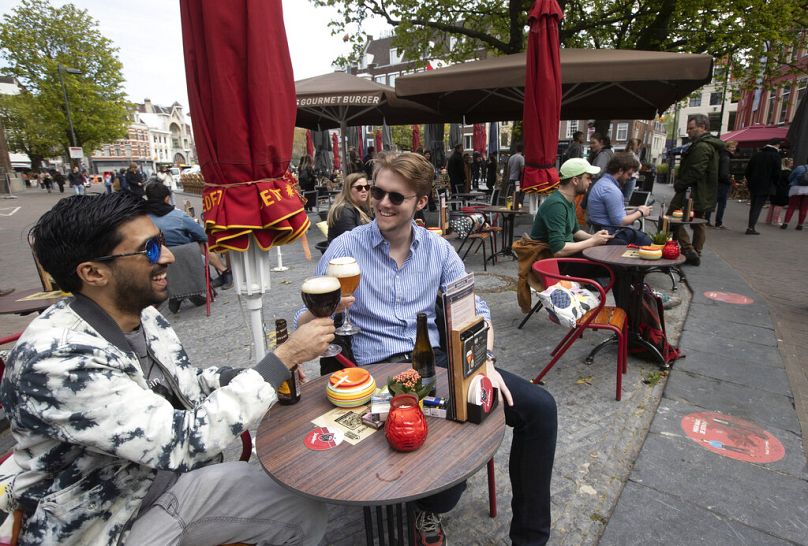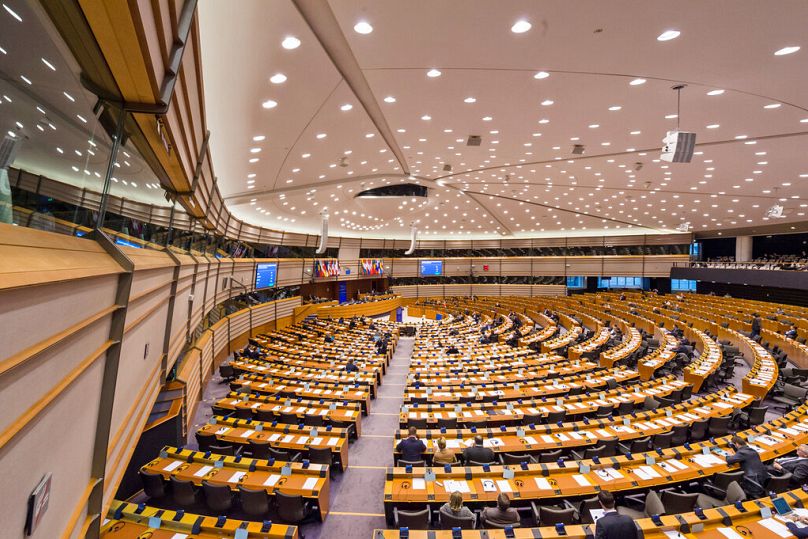As European cities continue to heat up faster than the rest of our countries, let the Nature Restoration Law be our unified response and our commitment to a sustainable, resilient future, Linda Voortman writes.
As the Deputy Mayor of Utrecht, I witness every day how rethinking our relationship with nature decisively impacts the liveability of our cities.
When we, in a move that is now world-famous, broke open a multi-lane highway to restore the canal that once ran there, we got a clear message from locals and tourists alike: this is the kind of transformation that we want to see.
I am also keenly aware of our responsibility towards the future of our planet.
With over a million species at risk, we are in the midst of the sixth mass extinction, a crisis largely fuelled by unsustainable human activity, particularly the imprudent use of land, water, and energy.
We need to change the meaning of urbanisation as we know it
The European Commission’s Nature Restoration Law is a lifeline to mitigate the intertwined biodiversity and climate crises.
The world's cities are at the epicentre of these emergencies, and the new law is our call to arms, enabling us to play a central role in confronting climate change.
While my city and many like it are moving to push a greater quality of life for our communities by bringing nature to their doorsteps, European backing for our goals is an essential support in budget and planning discussions with all our stakeholders and other levels of government.
The relentless land take of new developments and infrastructure, sealing our soils, is a key driver of biodiversity loss, contributing to the urban heat island effect and reducing our resilience to climate change.
Urbanisation, in its current form, often distances us from nature.
The law is not meant as yet another obstacle
Striking a balance between compact construction and ensuring access to green spaces is imperative — not just for the physical and mental well-being of citizens but as a viable strategy to combat climate change and build resilient cities.
Our cities face increasing pressures from housing, transport, and infrastructure needs.
Compact cities hold a promise of change: shorter commutes, better public transport, enhanced cycling and pedestrian infrastructure, and a plethora of services and jobs within reach. This reduces our ecological footprint through lower energy and land consumption.
The Netherlands, with its expanding population and urgent housing needs, is under particular strain.
Yet, we see the Nature Restoration Law not as an obstacle but as a pillar of support.
The law promotes sustainable development, ensuring any lost green space or tree cover is replaced.
At the city level, amidst mounting pressures, the "green factor" is often the first casualty, but this legal provision will give us much-needed backup for ensuring that biodiversity preservation gets due attention.
You can see what the Nature Restoration Law looks like in practice in my city
In Utrecht, we have already started embracing the spirit of the Nature Restoration Law without sacrificing living space.
If you don’t immediately see the green on one of our streets, try looking on the roof of our bus shelters — there, you’ll find flora that provides a space for bees to stop, as well as buses.
Achieving greater green space as well as density, Utrecht’s "No Roof Unused" policy demonstrates our commitment to creating green corridors and optimising our urban spaces for both greenery and solar energy.
Green roofs have a cooling effect on solar panels, which boosts their efficiency, while the shade from solar panels can enhance the potential of these roofs for flora.
Clearly, limited space does not force an either-or choice between green areas and renewable energy. We can — and must — integrate both.
European Parliament has to match the bloc's ambitions
The Nature Restoration Law could reinforce energy efficiency gains from compact urban development if implemented effectively.
However, flexibility is key. Cities must have the freedom to achieve the target of no net loss of green space without inadvertently encouraging urban sprawl, which could exacerbate biodiversity loss in typically nature-rich surrounding areas.
The climate and biodiversity crises are inextricably intertwined. We must reframe our perspectives to see nature not as something expendable but as a fundamental partner in our survival.
The European Commission's Nature Restoration Law is not just about saving our natural world; it's about reimagining our urban environments, preserving our cities' liveability, and, ultimately, ensuring the continuity of human society.
We call on the European Parliament to secure an ambitious position in their July vote on the Nature Restoration Law and to stick to the European Council’s wording on greening urban ecosystems.
The severity of the biodiversity and climate crises we face requires a response in kind.
As European cities continue to heat up faster than the rest of our countries, let the Nature Restoration Law be our unified response and our commitment to a sustainable, resilient future.
Linda Voortman is the Deputy Mayor of Utrecht. She also chairs the Eurocities Working Group on Green Areas and Biodiversity.
At Euronews, we believe all views matter. Contact us at view@euronews.com to send pitches or submissions and be part of the conversation.




